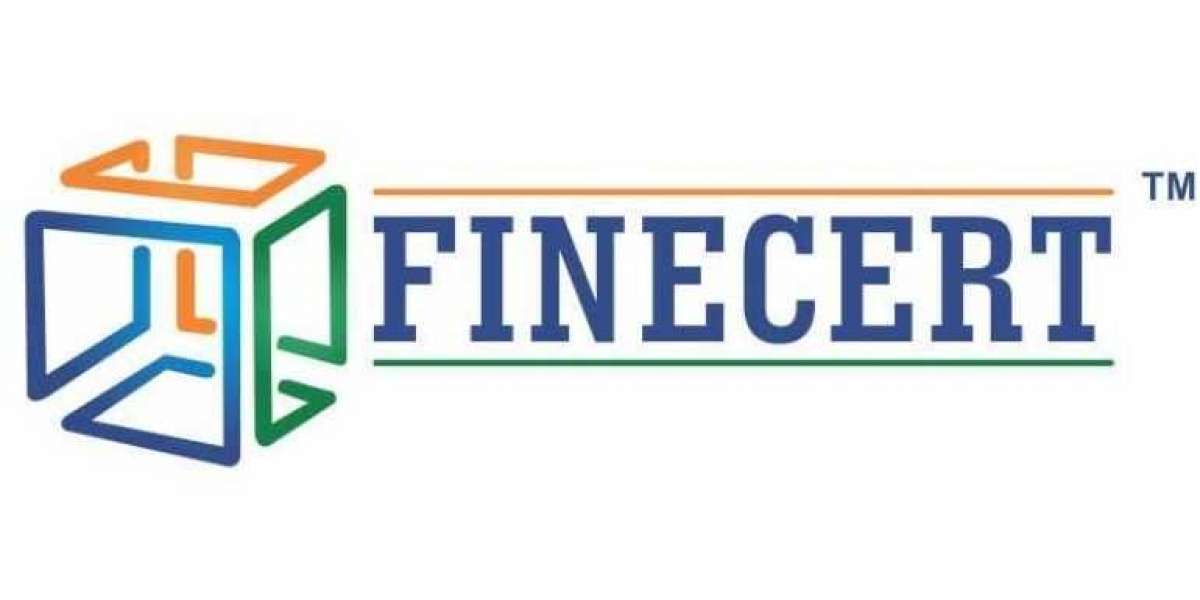Sensor data can be wirelessly transmitted from simple, battery-less tags using Radio Frequency Identification (RFID). RFID sensor tags consist of an antenna, a radio frequency integrated circuit chip (RFIC), and at least one sensor. An ideal tag can communicate over a long distance and be seamlessly integrated onto everyday objects. However, miniaturized antenna designs often have lower performance. Here we demonstrate compact, flexible sensor tags with read range comparable to that of conventional rigid tags. We compare fabrication techniques for flexible antennas and demonstrate that screen and stencil printing are both suitable for fabricating antennas; these different techniques are most useful at different points in the design cycle. We characterize two versions of flexible, screen printed folded dipoles and a meandered monopole operating in the 915 MHz band. Finally, we use these antennas to create passive sensor tags and demonstrate over the air communication of sensor data. These tags could be used to form a network of printed, flexible, passive, interactive sensor tags.Get more news about Integrated Passive Uhf Rfid,you can vist our website!
Radio Frequency Identification (RFID) is a technology that enables wireless short- and medium- range tracking and identification of objects. Wireless communication takes place between a central transceiver, or reader, and a simple transponder, or tag, which is attached to an object of interest. RFID tags can be active, with an on-board power supply such as a battery; or passive, harvesting their energy from the RF signal sent by the reader. A tag capable of sensing some characteristic of its environment and relaying that sensor data in addition to its identification information is known as a sensor tag. RFID systems can be designed to operate in a variety of frequency bands, depending on the transmission distance and data rate required for the application. Ultra-high frequency RFID (UHF-RFID), defined by the EPC Gen2 standard, uses the unlicensed band in the 915 MHz range in the United States. RFID sensor tags consist of an antenna, a radio frequency integrated circuit (RFIC)1, and at least one sensor.
Historically, most of the UHF-RFID tags were only used for identification2. The first efforts to develop UHF-RFID tags with sensor abilities used (de-)tuning of the antenna as a method for sensing3,4,5, changing the electrical properties of the tag6,7, or circuits external to the RFIC with or without an external micro-controller mounted on flexible substrates or PCBs8,9,10,11. A next generation of RFID sensing tags used single-chip configurations without external micro-controllers12,13,14,15,16,17. The main advantages of these configurations is that they can be powered wirelessly via the RFID technology, the sensor data can be transmitted digitally over the air, they require fewer components, and can be more compact than configurations with external circuits.
The ability to wirelessly communicate with sensor tags can be used for wearable health monitoring devices18,19,20, medical applications21, environmental monitoring22, smart packaging23, and vehicular technology24. RFID tags are expected to have major impact in the transport of perishable goods25, supply-chain management26, and warehouse management27, especially for high-value products. Dynamic inventory tracking and multi-user quality control could benefit from a network of nodes which only requires the central reader to have an energy source. Passive tags, with a variety of sensors, can allow for distributed, mobile, and interactive sensing.














